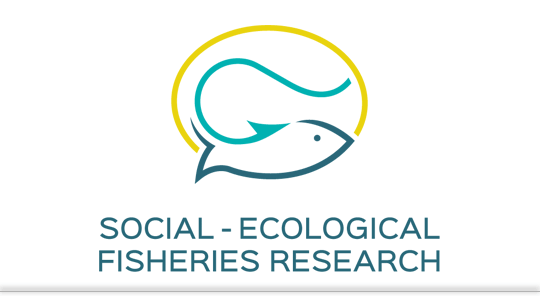The trophic niche of aquatic generalist predators is influenced by ontogeny, habitat characteristics, availability and type of prey, and competitive interactions. Many interrelated lake characteristics influence the availability of prey and may thereby impact foraging niches and the trajectory of ontogenetic niche shifts. Our work uses Eurasian perch (Perca fluviatilis) as a model species to examine the correlation of multiple lake and fish community characteristics with the size-dependency of perch populations' realised trophic niche. We used carbon and nitrogen stable isotopes to correlate the changes in perch trophic position across a gradient of total lengths in seven gravel pit lakes that differed in lake morphology, habitat heterogeneity, productivity, structural complexity, and fish community composition. Perch populations in lakes with more shallow-water habitat reached a higher trophic position at smaller sizes than perch in deeper lakes. However, the changes in trophic position with increasing size were less pronounced compared to perch from deeper lakes. Large individuals from the latter perch populations ultimately achieved higher mean trophic positions compared to fish from shallow lakes. Perch in lakes with more shallow-water habitat may, therefore, achieve lower rates of piscivory because of higher relative availability of macroinvertebrates or greater competition with zooplanktivores. Our results suggest that large, piscivorous perch are more likely to develop in deeper lakes, and that these changes in perch trophic position across ontogeny are more strongly related to the depth of lakes than to the type of structured habitat in the littoral zone.
Lake depth alters the trajectory of ontogenetic niche shifts in Eurasian perch (Perca fluviatilis) in small lakes
Peer-reviewed

Trudeau, A., Mehner, T., Klefoth, T., Matern, S., Nikolaus, R., Arlinghaus, R. 2024. Lake depth alters the trajectory of ontogenetic niche shifts in Eurasian perch (Perca fluviatilis) in small lakes. Ecology of Freshwater Fish, 33, e12738.
Published
: 2024
Appeared in
: Ecology of Freshwater Fish, 33, e12738
